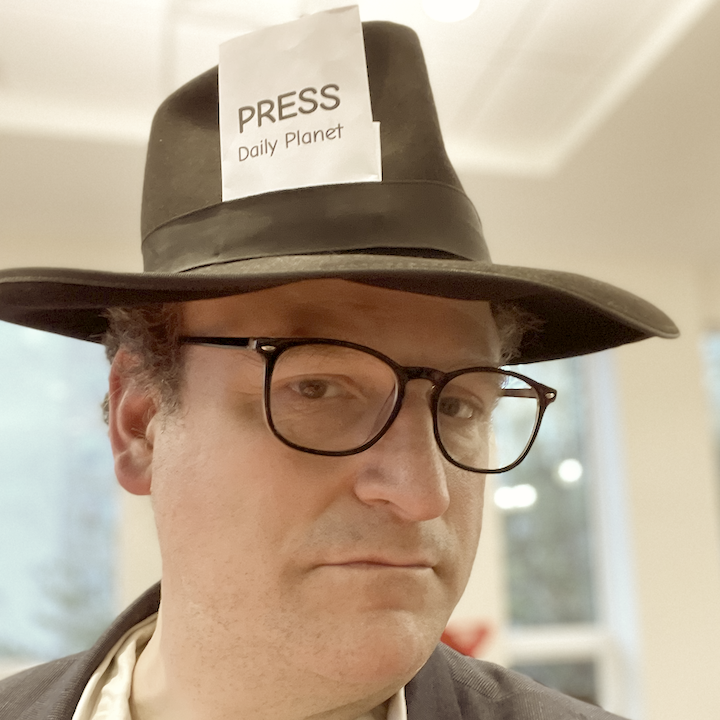imaginary family values presents
yesh omrim
a blog that reclines to the left

Pulpits for sale
9 July 2003
To resolve the glut of PhDs who toil in adjunct-faculty jobs while they hope for tenure-track professorships, Daniel Davies prescribes the bracing tonic of the free market: let the universities sell their professorships for whatever price the market will bear. In defense of this proposal, he appeals to tradition:
This isn’t a piece of hypothetical neoliberal Panglossian market-boosterism, despite appearances, it’s a very well thought-out proposal to return to a system that has already been thoroughly tested and worked very well. Commissions to be an officer in the British Army used to be bought and sold in the nineteenth century, and so did “livings” for parish priests. There was even considerable price discrimination; smarter regiments and more agreeable parishes sold for higher prices. Commissions had to be bought from the regiment, but livings for priests were advertised in the classified columns of the Times.The sale of livings has its counterpart in Jewish history. To quote from Marc Shapiro’s Between the Yeshiva World and Modern Orthodoxy: The Life and Works of Rabbi Jehiel Jacob Weinberg, 1884–1966:
[T]he outright purchase of positions of religious leadership…is even referred to in the Talmud and its prohibition is recorded in the standard legal codes. Yet despite all the criticism, and a number of herems promulgated forbidding the sale of rabbinic offices…it nevertheless remained a common practice and is often referred to in rabbinic literature. In the nineteenth century Rabbi Solomon Judah Rapoport (1790–1867) referred with pride to the fact that he had broken with the universal practice and refused to shower the community leaders with presents in order to ensure his appointment. By this time the purchase of rabbinic positions had become so prevalent that two leading halakhists, Rabbi Isaac Schmelkes (1828–1906) and Rabbi Shalom Schwadron (1835–1911), were led to defend it…. In the early twentieth century there is at least one example of a rabbi actually advertising in the newspaper for another rabbi, any rabbi, to buy his position from the community.For more comments on Davies’s proposal, see the Invisible Adjunct; for more details on the nineteenth-century market for English pulpits, see Jam Today.
- Later: Save those quarters
- Earlier: The whole world is fact-checking